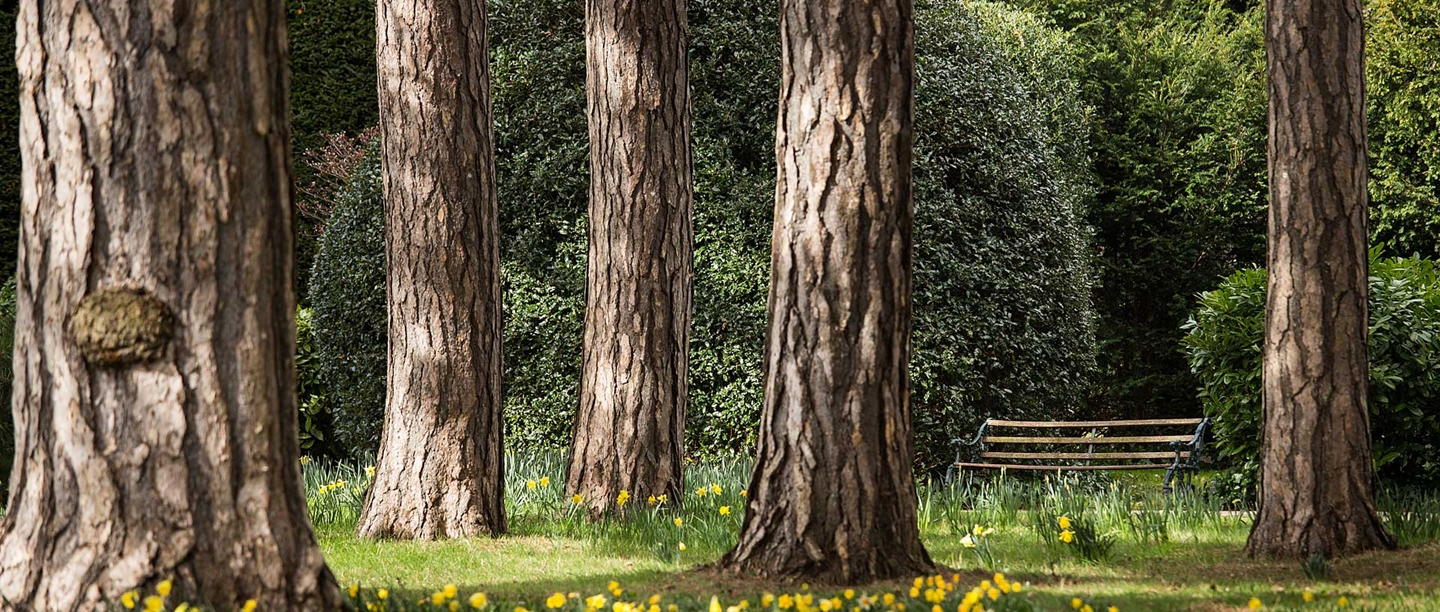Trees to Remember
Trees are seen as a lasting symbol of life, aimed at benefiting future generations. When commemorative trees are planted, the hope is that they will ensure an event or person is not forgotten. Long-lived trees, such as oak, are often chosen as memorial trees because they grow slowly, enhancing the idea that the memory they represent will endure for many years to come.
England has a long association with planting trees to commemorate lives lost – the world wars of the 20th century resulted in many memorial trees being planted. At Warrenhurst Park in Fleetwood, Lancashire, renamed Memorial Park in 1925, an avenue of trees was planted by servicemen’s children, in remembrance of those who died in the First World War.
At English Heritage sites we have many examples of trees that were planted to commemorate special occasions or events, as well as those planted as memorials to lives lost. Some of these are particularly poignant, such as a purple sycamore (Acer pseudoplatanus f. purpureum) at Osborne, Victoria and Albert’s home on the Isle of Wight, planted by Queen Victoria in memory of her son Alfred on 30 August 1900, a month after he died.
Osborne
At Osborne, the royal family planted many trees to commemorate birthdays and special events. In 1890 a list of all these memorial trees was created and from this we can get a real sense of the number and types of trees planted.
Many were planted on Queen Victoria’s birthday – for example in 1870 a noble fir (Abies procera) was planted in celebration. Weddings were also commemorated. In 1878 Queen Victoria planted a myrtle (Myrtus communis) in honour of the marriage of her granddaughter, Princess Charlotte of Prussia.
Trees were also planted at Osborne in memory of people that had died. A hiba tree (Thujopsis dolabrata) was planted in memory of Emperor Napoleon III on the day of his funeral, 15 January 1873. Queen Victoria recorded planting the tree in her diary, writing: ‘planted a tree in memory of the Emperor Napoleon III, who was at that very moment being carried to his last…’
Unfortunately not all of the memorial trees planted while Queen Victoria lived at Osborne survive today. However, a large leaved lime (Tilia platyphyllos) does survive. It was planted by Queen Victoria on 28 July 1897 to commemorate her Diamond Jubilee, a month earlier.
Walmer Castle
In the 20th century trees have been planted to commemorate Lords Warden of the Cinque Ports, whose official residence is Walmer Castle, in Kent. Many of these trees survive, although sadly a tulip tree (Liriodendron tulipifera) planted by Sir Winston Churchill during his time as Lord Warden (1941–65) died in 2016. A copper beech (Fagus sylvatica ‘atropurpurea’) was planted to commemorate the appointment of the next Lord Warden, Sir Robert Menzies, on 20 July 1966. Queen Elizabeth the Queen Mother, the next Lord Warden, later planted an oak tree (Quercus Robur).
In 1996 a wellingtonia (Sequiadendron giganteum) was planted to commemorate the 200th anniversary of the Battle of Waterloo. It was planted by the 9th Duke of Wellington, Arthur Charles Valerian Wellesley. The 1st Duke of Wellington, famous for his victory at the Battle of Waterloo, was Lord Warden from 1829 to 1852. In more recent years trees have also been planted by local community groups, such as the East Kent Federation of Women’s Institutes and Walmer Parish Council, to commemorate important events.
Eltham Palace
Cherry trees have been a key feature of the gardens at Eltham Palace, in south-east London, since Stephen and Virginia Courtauld leased the estate in 1933. They possibly incorporated the trees from earlier orchards that used to dominate the landscape around Eltham before the suburbs of London expanded after the Second World War. Several cherry trees are thought to survive from when the Courtaulds lived there and their spring blossom and autumn colour now frame the views to and from the palace.
In 2020 new cherry trees were planted, supported by the Sakura Cherry Tree Project. The project marks 150 years of Japan–UK friendship and the continued cooperation between the two nations. Cherry blossom (sakura) is the national flower of Japan, and as part of the project over 6,000 cherry trees were planted in the UK starting in 2020 and into 2021.
Jubilee Planting
Since Queen Victoria’s reign, planting trees to celebrate royal jubilees has been popular. In 1887 in Middle Temple Gardens, in London, two mulberry trees were planted to commemorate Queen Victoria’s Golden Jubilee. For Queen Elizabeth II’s Silver Jubilee in 1977, many more trees were planted including a grove of 12 silver birch trees in Queen’s Gate Garden in Kensington, London.
In 2012 for Queen Elizabeth II’s Diamond Jubilee, the Woodland Trust sponsored the planting of six million trees in hundreds of new Jubilee Woods by communities and landowners. One of these was created at Wrest Park, Bedfordshire. The new areas of woodland were located in an area known as the Old Park and were planted in the positions shown on the Ordnance Survey map of 1881. This project was a fantastic opportunity to restore areas of the historic parkland that had been used for growing crops since the 1940s, while also celebrating the Diamond Jubilee and creating large areas of woodland which improved the biodiversity and ecology of the area.
The Queen’s Green Canopy
The Queen’s Green Canopy (QGC) is a unique tree planting campaign across the United Kingdom to mark Queen Elizabeth II’s Platinum Jubilee in 2022. All across the UK, people will be encouraged to “Plant a Tree for the Jubilee” through the QGC initiative.
The QGC will also dedicate a network of 70 Ancient Woodlands across the United Kingdom and identify 70 Ancient Trees to celebrate Queen Elizabeth II’s 70 years of service.
As part of the initiative, English Heritage will be planting over 70 trees across 11 different sites in 2021–22. All of the trees planted are significant to the history of the sites where they will be planted. They include 12 beech and oak trees that historically formed a grove that was the backdrop to the Eye-catcher and Temple at Brodsworth Hall, and a Monterey pine (Pinus radiata) at Osborne which will replace a tree originally planted for Queen Victoria’s golden jubilee in 1887. Once planted, you will be able to see the locations of our new trees on the QGC interactive map.
Visit the QGC Interactive MapCommemorative Planting Today
While commemorative tree planting can be a special way of marking a unique event or honouring a loved one, there are also important things to consider before new trees are introduced into a historic garden or landscape. Different species can vary hugely in size, shape, longevity and impact on the landscape. Certain trees may thrive in a particular environment, while others may not. It is therefore very important that an appropriate species is selected, and that the future impact the tree will have on the landscape and surrounding trees as it matures, is carefully considered.
New trees also need to be sympathetic to the historical and cultural surroundings of their location – for example, in a designed landscape where certain views may need to be protected. The maintenance of any new trees also needs to be considered – in particular in the first five years of a tree’s life when it will require regular care.
By Emily Parker
Explore More
-
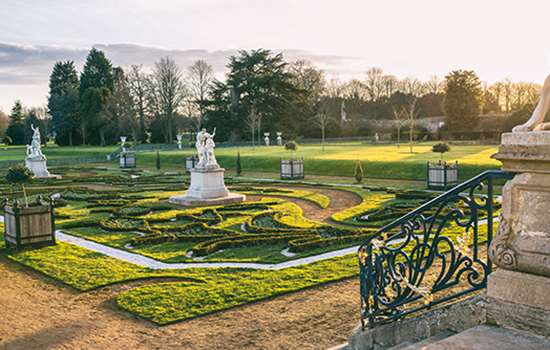
Visit our Gardens
Find beautiful gardens to visit and learn more about the history of gardens through the ages.
-
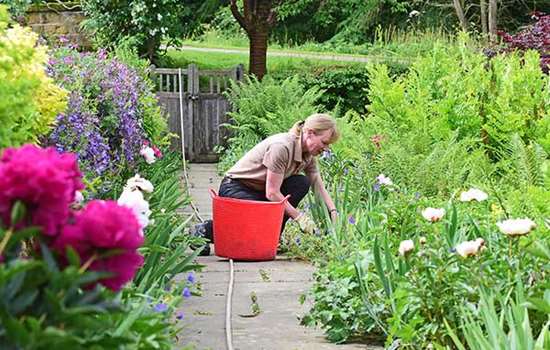
Conservation of our Gardens
Learn about some of the different aspects of our gardens conservation work and explore our most recent and ongoing projects.
-
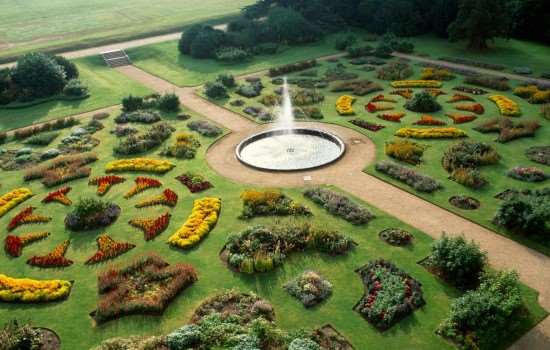
Perfect Parterres
Learn more about the parterre gardens at our sites. These formal gardens are distinguished by their ornamental arrangement of flowerbeds laid out in intricate designs.
-
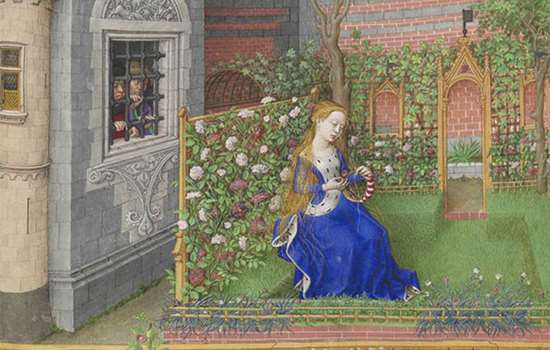
Gardens Timeline
Explore how garden and landscape design has evolved in England from the Romans to the 20th century.
